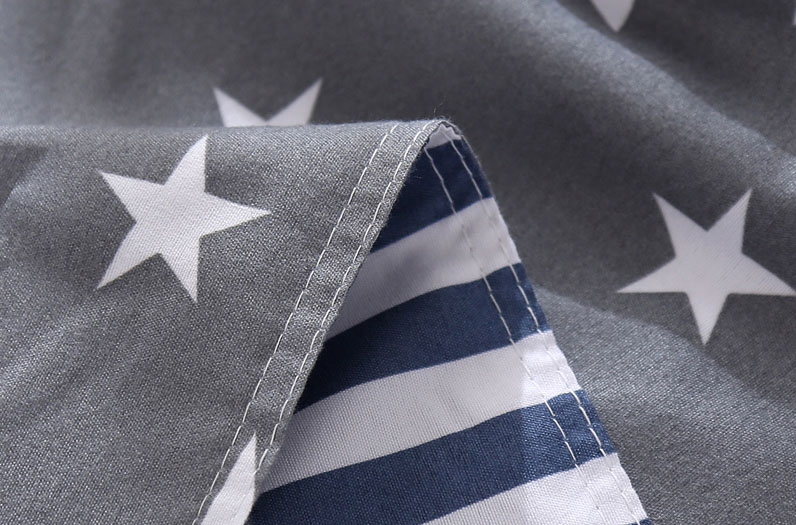Polyester pigment printing is a popular and cost-effective method used in the textile industry to add designs to fabrics. This technique involves applying pigments to the surface of the fabric, much like painting, resulting in a characteristic texture and specific design considerations.
Bold and Simple Designs
One of the primary strengths of polyester pigment printing is its ability to handle bold and simple designs effectively. This is because the pigments sit on the surface of the fabric, making it easier to achieve solid color blocks and clear shapes without the need for intricate detail.
Solid Colors and Block Prints: Designs that involve large areas of a single color or simple block prints are ideal. The uniform application of pigments ensures that solid colors appear vibrant and consistent across the fabric.
Geometric Patterns: Patterns with straight lines, stripes, and geometric shapes are particularly well-suited for this printing method. These designs do not require fine details and benefit from the straightforward application of pigments.
High Contrast Designs
High contrast designs are another category that works well with polyester pigment printing. The sharp distinction between colors helps to maintain the clarity and impact of the design, even with the surface-level application of pigments.
High Contrast Designs: Patterns that use stark contrasts between colors, such as black and white or other opposing colors, tend to stand out better. The clear differentiation between colors makes the design more visually striking and easier to produce.
Non-Photorealistic Patterns
Because polyester pigment printing is not ideal for achieving photorealistic detail, designs that are more illustrative and less detailed are preferable.
Cartoon and Illustrative Art: Simplified illustrations and cartoon-like images are effective because they rely on clear, defined lines and bold areas of color. These designs can retain their charm and clarity without needing fine details.
Stylized Graphics: Abstract and stylized graphics, which do not depend on intricate detail, can accommodate the textural and color limitations of pigment printing, resulting in visually appealing outcomes.
Large-Scale Patterns
Large-scale patterns are well-suited for polyester pigment printing, as they do not rely on small details that might get lost or muddied during the printing process.

Large-Scale Floral Prints: Florals with large petals and leaves can be effective, as these designs do not require the fine detail that can be difficult to achieve with pigment printing.
Oversized Motifs: Big icons or symbols are suitable because they can be printed without losing clarity or detail, maintaining their intended impact on the fabric.
Vintage and Distressed Styles
Designs that incorporate a vintage or distressed aesthetic can benefit from the natural texture and slight imperfections of pigment printing, which can enhance the overall look.
Vintage or Distressed Effects: Patterns that are meant to look aged or worn can take advantage of the unique textural quality of pigment printing, adding to their authentic appearance.
Repetitive Patterns
Repetitive patterns, which cover large areas of fabric without requiring fine detail, are another good match for polyester pigment printing.
All-Over Patterns: Repetitive designs like polka dots, checkerboards, or other simple patterns can be effectively printed over large areas, maintaining consistency and visual appeal.
Text-Based Designs
Text-based designs with large, bold fonts are particularly effective in polyester pigment printing due to their straightforward nature and the importance of maintaining clarity.
Bold Text: Large, bold text designs are ideal as they ensure the letters remain clear and legible, even with the potential texture added by the pigment.

 English
English Español
Español























.jpg?imageView2/2/format/jp2)





























